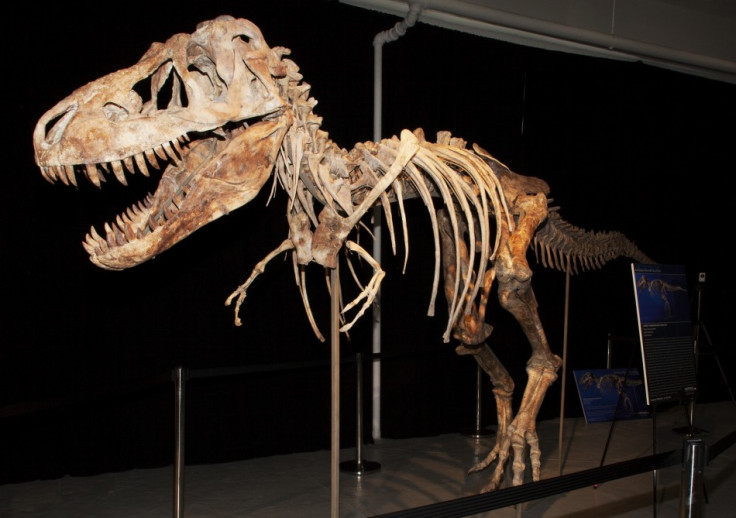Comets, Not Asteroids, Responsible For Extinction of Dinosaurs
A new research suggests it was a high-velocity comet, and not an asteroid, that was responsible for the extinction of dinosaurs 66 million years ago.
Jason Moore and Mukul Sharma of the Department of Earth Sciences at Dartmouth study has found that it was a comet that was responsible behind killing almost all dinosaurs and 70 per cent of other living beings on Earth, marking the end of the Cretaceous period, the epoch of the dinosaurs.
Though, the new study offers an alternate theory behind extinction of dinosaurs, it agreed with the widely-held belief that the 110-mile wide Chicxulub crater in Mexico's Yucatan was the impact zone of the comet.

In 1980, Nobel Laureate and physicist Luis Alvarez and his son Walter Alvarez identified high levels of iridium and osmium, elements common in space rocks such as asteroids and comets, around the impact zone of the Chicxulub crater at the K-Pg boundary - a geological term used to separate the Cretaceous period with the Paleogene epoch. The Alvarezes based their theory of asteroid striking earth because they identified that asteroids usually have high levels of iridium and osmium.
However, the new study found that the trace element levels were much lower than what scientists have assumed for past four decades, thereby weakening the argument of an asteroid striking earth.
Moore said it was a comet that struck earth because they tend to have lower levels of iridium and osmium compared to asteroids.
"We are proposing a comet because that conclusion hits a sweet spot. Comets have a lower percentage of iridium and osmium than asteroids, relative to their mass, yet a high-velocity comet would have sufficient energy to create a 110-mile-wide crater," he said.
Presenting their research to the 44<sup>th Lunar and Planetary Conference, Moore said, "Comets travel much faster than asteroids, so they have more energy on impact, which in combination with their being partially ice means they are not contributing as much iridium or osmium."
During their research, Moore and Sharma found high amounts of iridium from deep ocean cores. But, they decided to neglect the high concentric levels of the space element due to "preferential concentration of iridium bearing minerals in marine sediments".
© Copyright IBTimes 2025. All rights reserved.





















